Physical Address
304 North Cardinal St.
Dorchester Center, MA 02124
Physical Address
304 North Cardinal St.
Dorchester Center, MA 02124
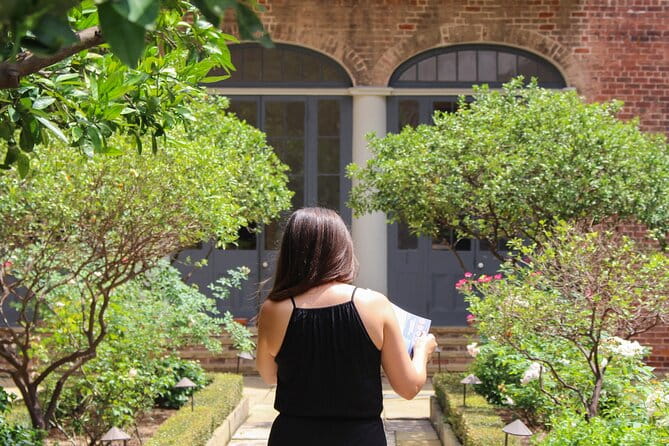
Discover the stories of those enslaved in New Orleans through a guided tour of the Hermann Grima House, blending history, authenticity, and insight.
When exploring New Orleans, many visitors gravitate toward its lively music, vibrant culture, and iconic architecture. But beneath that lively surface lies a complex history—one that includes the experiences of enslaved people living and working in the city’s urban fabric. The Urban Enslavement Tour at Hermann Grima House offers a rare opportunity to step inside a historic home and uncover the stories of those who shaped the city in ways that are often overlooked.
This tour has earned high praise, with a perfect 5-star rating from over 140 reviews, and is frequently recommended by travelers who want more than just a surface-level view of New Orleans’ history. We especially appreciate how it balances somber realities with authentic storytelling, thanks to the knowledgeable guides and well-preserved setting. It’s a 60-minute journey that’s packed with insights, visual details, and emotional resonance.
That said, it’s worth noting that this is a focused, one-hour experience—so if you’re seeking an in-depth, multi-day exploration of New Orleans’ history, this might be a highlight rather than the whole story. It caters best to travelers who value meaningful, well-curated historical perspectives delivered with care. If understanding the human side of past injustices matters to you, this tour deserves your attention.
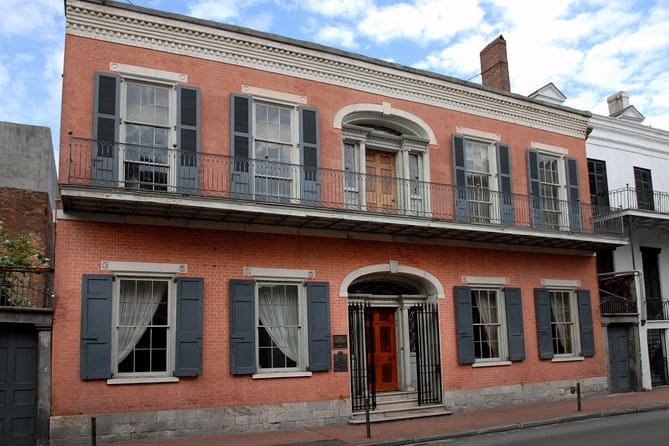

Starting at the Hermann-Grima House, you enter a beautifully restored 1831 French Quarter home that exudes historic charm with its Federalist façade. The house isn’t just a pretty face—it’s a carefully preserved piece of the city’s past. Walking through its rooms, you’ll notice original furnishings and architectural features that paint a vivid picture of antebellum life.
The house’s open-hearth kitchen is an especially compelling feature. It’s a living reminder of how meals were cooked in the 19th century, and guides often point out how enslaved workers operated these spaces—crucial parts of the household economy that are rarely front and center in traditional tours.
Looking for more options in New Orleans? Here are some other experiences worth considering.
What makes this tour unique is its focus on urban slavery—a lesser-discussed aspect of American history. Many visitors are familiar with plantation slavery, but urban slavery reveals a different story. The tour explains how enslaved men and women in New Orleans worked within the city, often in households, trades, and businesses, shaping the city’s growth in ways that are sometimes invisible.
One reviewer notes, “Learning about enslaved workers in an urban area was great after we learned about life on the Whitney Plantation,” highlighting how this tour complements other historical experiences. It’s a chance to see the contrast between rural and city-based slavery, emphasizing that urban enslaved people often had more interaction with free populations, yet faced different hardships.
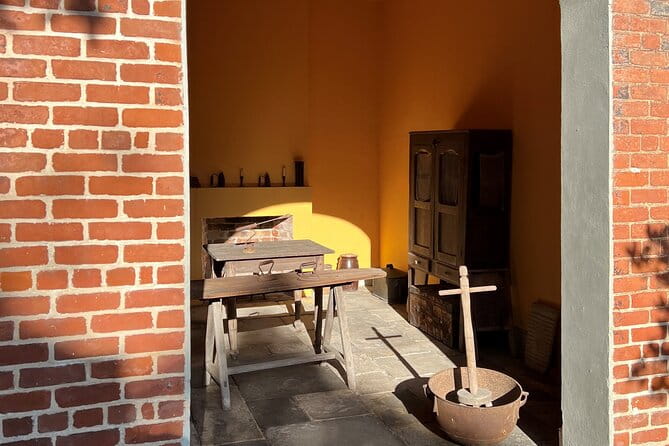
Beyond the house, the property features an expansive courtyard perfect for absorbing the atmosphere. The carriage house, which now hosts The Exchange Shop, adds another layer of history—originally founded in 1881 by The Woman’s Exchange, one of the oldest women-led nonprofits in the South. It’s a small reminder of how the property has evolved over time and continues to serve community and cultural purposes.
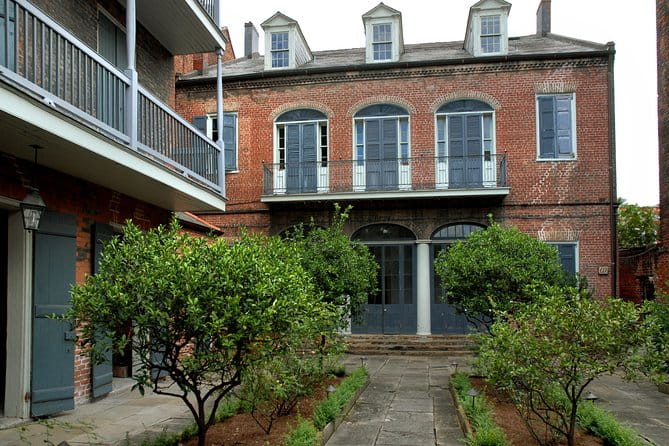
The guided tour includes a walk through the main house, with stops in rooms that tell stories of life for enslaved individuals, the families that lived there, and the economic and social systems of the time. Guides are praised for their expertise—one reviewer mentions that the guide’s personal insights made the experience “touching and eye-opening.”
The tour also points out areas off-limits to slaves, porch areas, the veranda, and water cisterns, giving a sense of space and restrictions. These details help visitors visualize daily life and the limitations placed on enslaved people.

Visitors consistently remark on how authentic and thought-provoking the experience is. For example, one reviewer calls it an “amazing experience,” emphasizing how eye-opening it was to explore the lived realities of enslaved urban workers. Another stresses the importance of seeing how African contributions have shaped the city.
This authenticity is partly due to the well-preserved structure and the knowledgeable guides, who often answer questions with depth and honesty. The reviews reveal that many find the experience powerful, educational, and emotionally resonant.
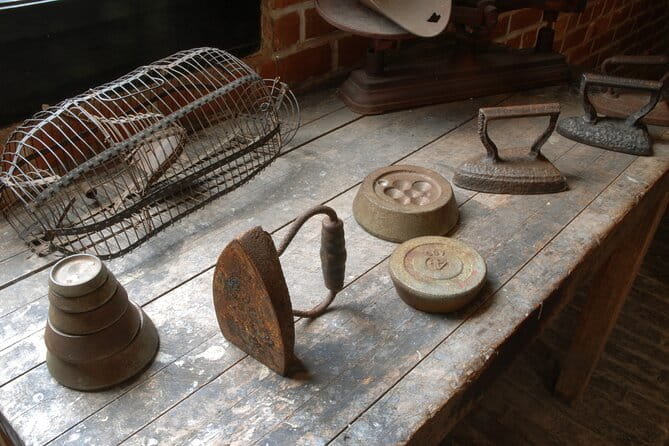
The tour costs only $17, which is an excellent value considering the depth of information and the historic setting. The ticket includes access to the house and courtyard, and the tour lasts about an hour—just enough time to absorb a meaningful slice of history without feeling rushed.
Booking is quite convenient—most travelers book about 16 days in advance, and the ticket is mobile, making it easy to display on your phone. Near public transportation, it’s accessible for most visitors, and service animals are allowed, ensuring everyone can participate comfortably.
The tour’s flexible cancellation policy offers peace of mind: full refund if canceled at least 24 hours ahead, which is a helpful feature for travelers with unpredictable plans.
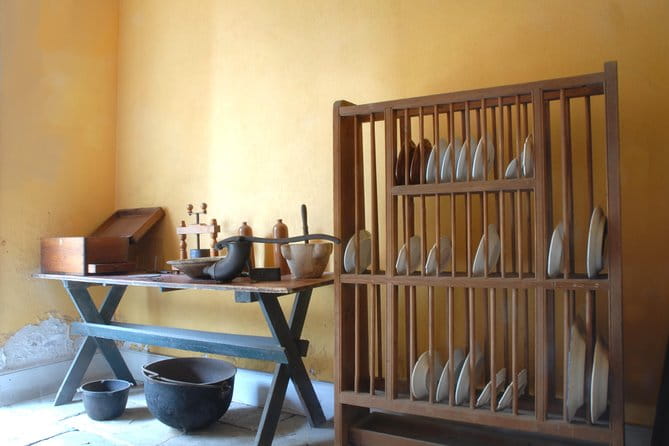
We love how this tour shines a light on a seldom-taught aspect of slavery—urban life—delivering stories that often go unheard. The guides’ expertise and personal insights add depth, making the history come alive. The setting itself, a historic home with original features, makes the stories more tangible and visceral.
However, since it’s a one-hour tour, it’s quite focused. If you’re looking for a broader or more immersive deep dive into New Orleans’ history, you might want to combine it with other experiences. Also, the tour is primarily educational; it’s not a broad city tour or a lively spectacle but a careful, respectful recounting of difficult truths.
This experience is perfect for history buffs, educators, or anyone interested in understanding the layered stories of New Orleans beyond its jazz and Mardi Gras fame. It’s especially meaningful for travelers wanting a respectful, authentic look at the city’s past, with a guide who can answer nuanced questions.
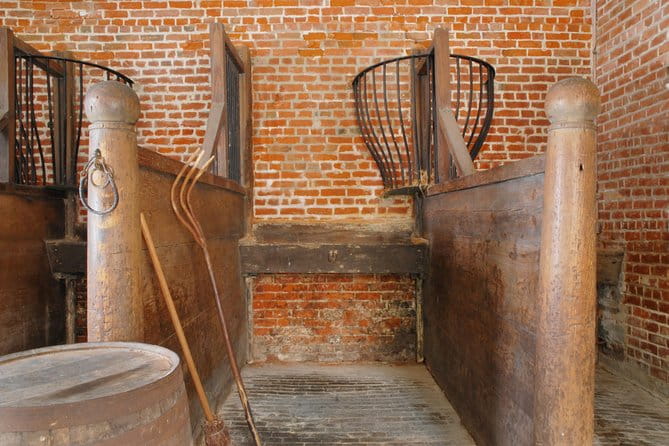
The Urban Enslavement Tour at Hermann Grima House offers a rare and valuable perspective on slavery’s role in shaping New Orleans. With its authentic setting, knowledgeable guides, and poignant stories, it’s a deeply educational experience that stays with you long after the tour ends. For those who appreciate history that is honest, detailed, and human-focused, this tour provides a meaningful window into a difficult but essential part of American history.
How long is the tour?
The tour lasts approximately one hour, making it a concise but impactful experience.
What is the price of the tour?
It costs $17 per person, offering good value for the educational content and authentic setting.
Do I need to book in advance?
Yes, most travelers book about 16 days ahead, and a mobile ticket makes it easy to participate.
Is the tour suitable for children?
Most travelers can participate, and children who are comfortable with historical discussions should find it appropriate.
Are service animals allowed?
Yes, service animals are permitted on the tour.
What is included in the ticket?
Your ticket includes access to the Hermann Grima House, the open courtyard, and the guided tour.
Can I cancel if my plans change?
Yes, free cancellation is available up to 24 hours before the scheduled start. Cancellations within 24 hours are non-refundable.
Is the tour accessible via public transportation?
Yes, the location is near public transit options, making it convenient for most visitors.
What makes this tour stand out from others?
Its focus on urban slavery and the use of a historic home as a storytelling vessel make it unique—offering a personal, tangible connection to the past that many tours don’t provide.
To sum it up, if you’re eager to expand your understanding of New Orleans beyond its jazz and party reputation, and want a respectful, authentic, and well-guided look at a crucial part of its history, the Hermann Grima House Urban Enslavement Tour is a choice well worth considering. It’s a modest investment that opens the door to profound stories—stories that remind us of the resilience and contributions of those who endured unimaginable hardships.